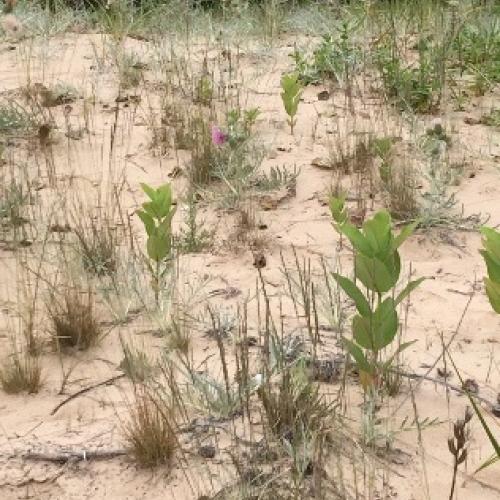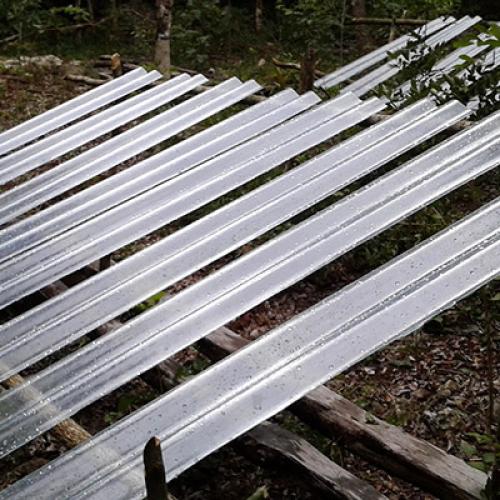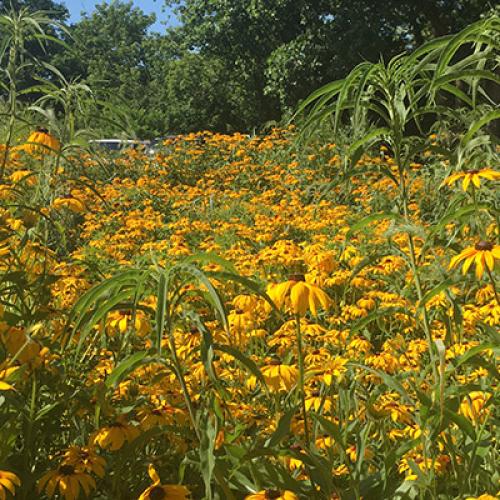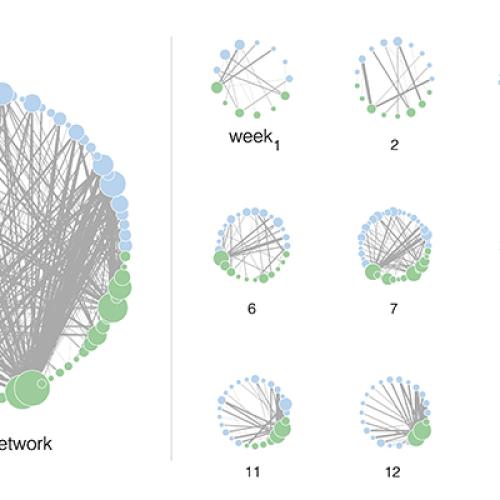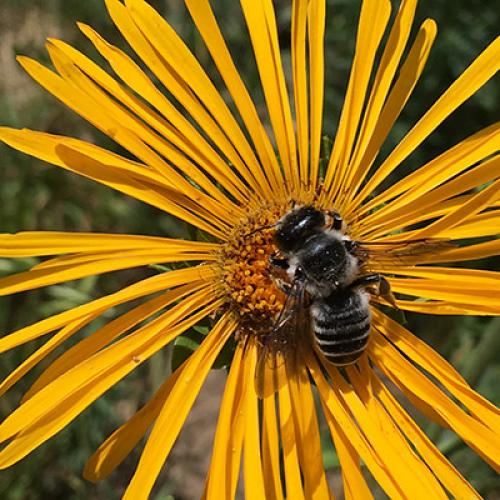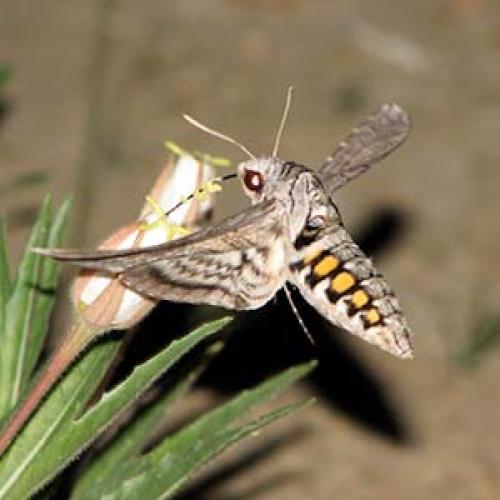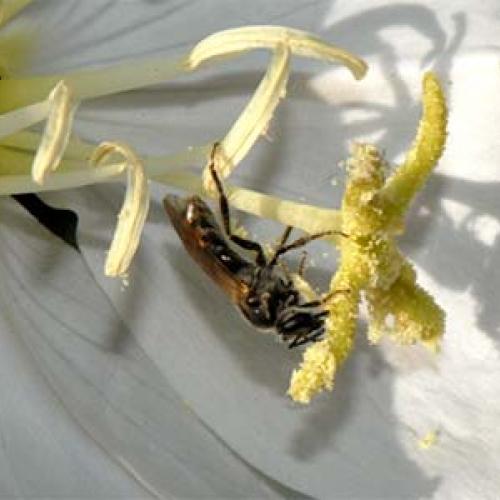Understanding Interactions Between Plants, Fungi, and Animals
No plant is an island. All plants interact with animals and fungi, and other plants, in diverse ways. Our research investigates two broad areas of interactions that are complex and important: the mutualistic relationships between plants and mycorrhizal fungi, and interactions between plants and their pollinators. An important question at the center of these studies is how is climate change influencing these essential interactions?


